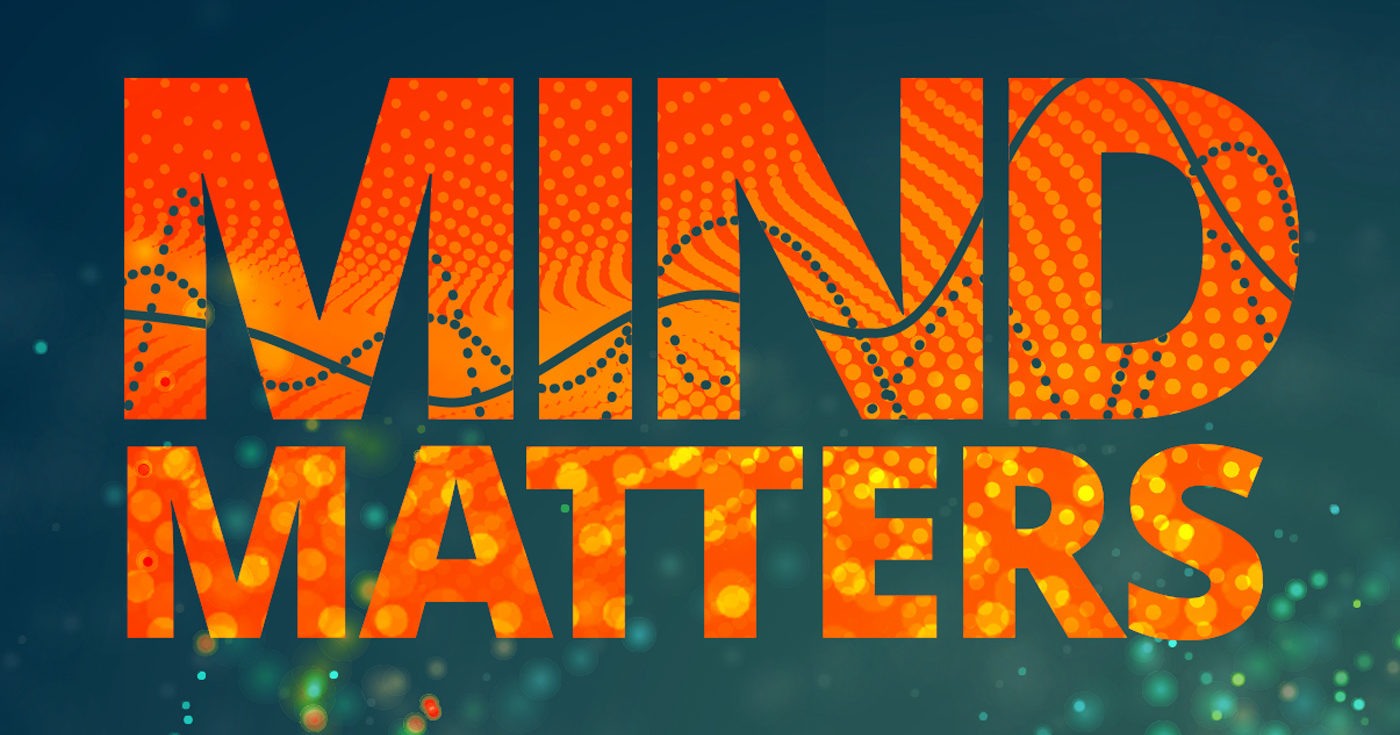Concealed Watermarks Could Aid in Identifying AI-Generated Texts

Understanding DeepMind’s Invisible Watermark for AI Text
Introduction to the Technology Behind SynthID-Text
A new method developed by Google’s DeepMind team aims to tackle some of the challenges associated with AI-generated text. As reported by Elizabeth Gibney in Nature, this innovative solution involves an invisible watermark specifically designed for text produced by chatbots. The primary goals of this watermark are to curb the misuse of AI in generating misleading information, such as fake news, and to reduce cheating in various contexts.
The Challenges of Watermarking Text
Watermarking images has been a common practice, but applying similar techniques to text is considerably trickier. Unlike images, which can be altered in multiple aspects, text relies heavily on word choice. DeepMind’s watermark, known as SynthID-Text, modifies the word selection of the AI model in a subtle and systematic way that can only be detected using a cryptographic key. This provides a level of security through invisibility while ensuring the text generation process remains efficient and fast.
Zakhar Shumaylov, a former collaborator of DeepMind, pointed out that this watermark appears to outperform existing methods for watermarking large language models (LLMs). Hence, it may provide a more reliable solution compared to competitor technologies.
Limitations and Vulnerabilities
Despite its advantages, the SynthID-Text watermark is not without its shortcomings. There are concerns regarding its vulnerability to hacking or fraudulent activities. For instance, ongoing discussions and research show that watermarks can be removed—referred to as ‘scrubbing’—or faked in a way that gives the false impression that unmarked texts are AI-generated. The Swiss Federal Institute of Technology in Zurich highlighted these issues, pointing out that the success of watermarking heavily relies on both developers and regulatory bodies committing to applying these techniques uniformly.
The Risk of Sabotage
The potential for misuse extends beyond mere evasion of the watermark. If someone were to strip watermarks from genuine AI texts and instead apply them to original texts, it could mislead users about the true origin of the content. In such scenarios, a saboteur could undermine the reliability of a chatbot by training it on corrupted materials, further complicating the landscape of AI-generated content.
Innovations in AI Protection
In the broader context of protecting original works, other innovative solutions have emerged. An example is Nightshade, developed by Ben Zhao at the University of Chicago, which disrupts AI-generated images. This tool is designed to subtly alter the appearance of images to AI, causing it to misinterpret a request, such as generating a cat instead of a dog. Nightshade’s functionality highlights a new avenue for creators looking to safeguard their work against AI-based exploitation.
Future Directions in AI Watermarking
The introduction of SynthID-Text marks a significant step in addressing the ethical concerns surrounding AI-generated text. While it offers some promising solutions, the technology also serves as a reminder that any advancement in AI watermarking will require ongoing vigilance and collaboration among developers, researchers, and policymakers. Understanding the implications of such technologies is crucial in promoting responsible AI use and ensuring that the integrity of human-created content is protected.






